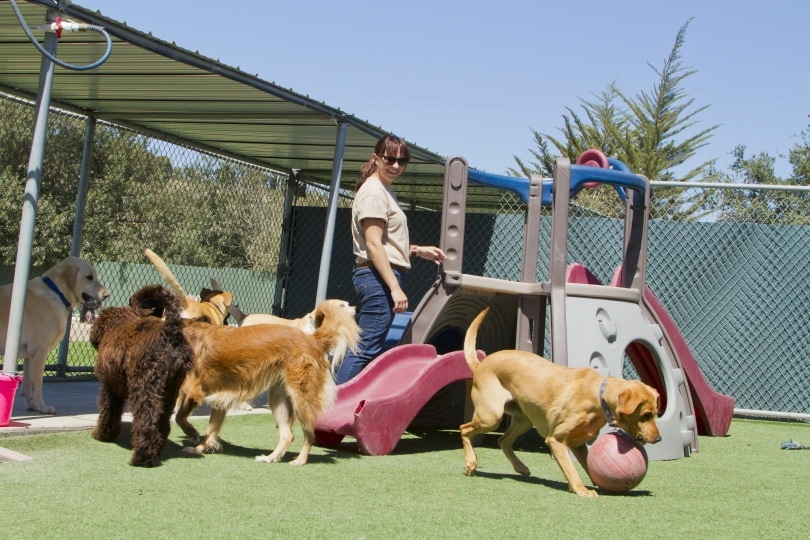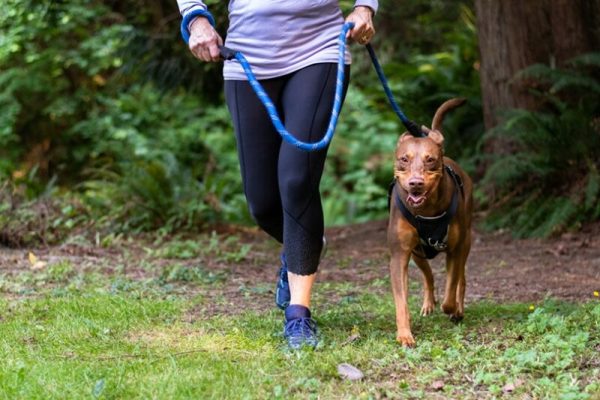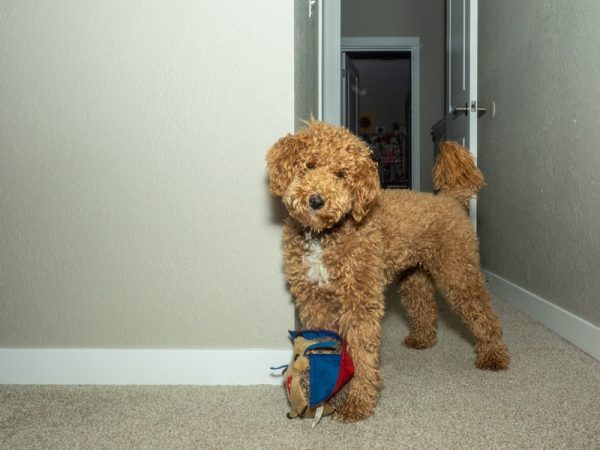Owning and running a dog boarding business is the dream of many people. They are lucrative, fulfilling, and essential, but starting one can be a long and complicated process. Businesses that work with live animals have a lot of liability and a lot of paperwork to navigate. Facilities have strict requirements to accommodate dogs. It can all feel very daunting, but you can start a dog boarding business as long as you break down the process into steps and take it one day at a time.
Here are 13 steps that you can follow to help you open your very own dog boarding business.

The 13 Steps to Start a Dog Boarding Business
1. Do Market Research
The first thing to do before attempting to start a business is to conduct in-depth market research. Market research can be conducted independently, or you can hire a firm to do it for you. Market research will uncover the number of boarding businesses in the area, the typical cost of boarding, the overall demand for dog boarding, the best locations to set up a new boarding business, and more. If you do not know the market, you cannot tailor your business to fit it.

2. Decide What Type of Boarding Business You Want to Run
There are several types of dog boarding businesses, and you will need to choose the one you prefer. You must decide if you are doing long-term boarding (one night or more) or daytime boarding. Do you want to run a doggy daycare or lodging for people leaving town? Do you want a membership or monthly fee, or do you want to accept walk-ins?
What kind of kennels do you want to supply? How many dogs do you want to take in at once? Do you want the dogs to have group play or individual walking sessions? All of these questions are important to narrow down exactly what kind of boarding you want to provide. Each of these boarding facilities requires different staff, equipment, and marketing down the line.
3. Create a Business Plan
After you have done your research and decided what type of boarding operation you want to start, it is time to create a business plan. A business plan is a document that lays out explicit goals for your business. It hammers down exactly which services you will be providing, what prices you want to charge, your budget, and your goals for the 1st, 3rd, and 5th year of being in business, as well as your overall strategy for meeting these goals.
A Business plan is necessary for two reasons. First, it keeps you focused and on track as you start handling day-to-day operations. Second, business plans are essential if you plan to attract investors to fund your business.

4. Pick a Name
Selecting a name is one of the more entertaining tasks of starting a business. You can be as creative or boring as you want, but you want a name that will stand out and let passing people know precisely what your business provides.
5. Incorporate
After you have a name, it is time to incorporate your business. There are numerous ways to start a business officially, but this is an important step. You must register your business with the state for tax and liability purposes. The most common type of business is a limited liability corporation (LLC), which protects your personal assets and gives you some tax incentives.
However, you can also start a franchise or a sole proprietorship. A sole proprietorship is not recommended for a dog boarding business because it involves a lot of liability and does not protect personal assets.

6. Find and Meet All Legal and Regulatory Requirements for Your Area
Next up is the arduous task of locating and meeting all regulatory requirements for your dog boarding business. This step will vary heavily from state to state and county to county. States all have very different requirements for businesses dealing with animals.
You need to check zoning requirements, building permits, necessary inspections, fees, insurance requirements, and more. Often, a lot of paperwork is involved in starting any business that deals with live animals. You might want to hire or consult a local business lawyer for this step to ensure that you have covered all of your bases.
7. Find the Perfect Location
Choose the location for your business. After going through the legal hoopla, you should know exactly what kind of facility you need to meet local codes and which areas are zoned for your particular type of business. Using this information, you can locate and secure your property.
Make sure the building meets all your needs and that the location fits in with your business plan and market research.
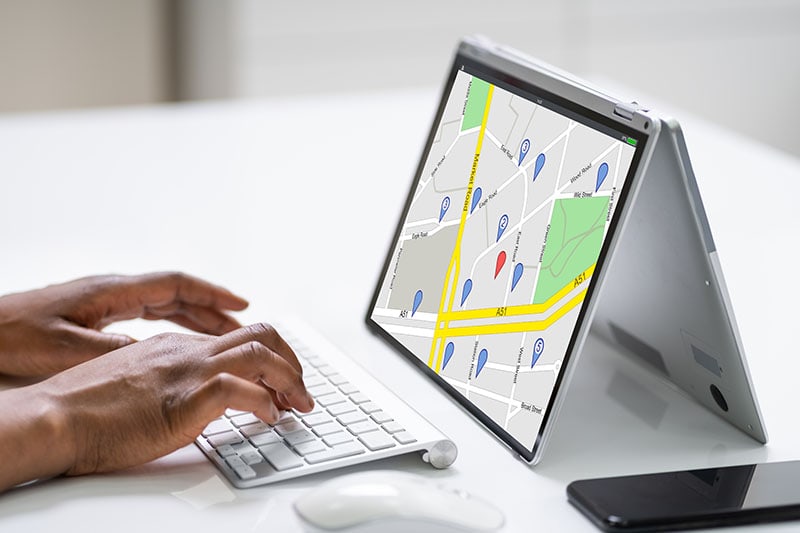
8. Stock Up
Time to break out the checkbook. Once you have secured your location, whether a lease or a purchase, it is time to start stocking it with everything you need to care for dogs. You will need kennels, play space, toys, medical supplies, a reception area, a quarantine area, food, water, bowls, grooming supplies, and more. After the physical property, this is the most capital-heavy part of the process. You will need a lot of cash to fully stock a new business.
9. Hire Your Staff
Another critical part of opening a business is hiring staff. Some boarding facilities have very few staff members, but someone needs to run the place at all times. When you hire, make sure you are following all of the local rules regarding hiring. Ensure you have a payroll plan and software in place to ensure everyone gets paid on time and your taxes are covered.
You don’t need to go overboard on staff at the start. Hire only what you need to get by, and you can always add people later if the business is doing well.
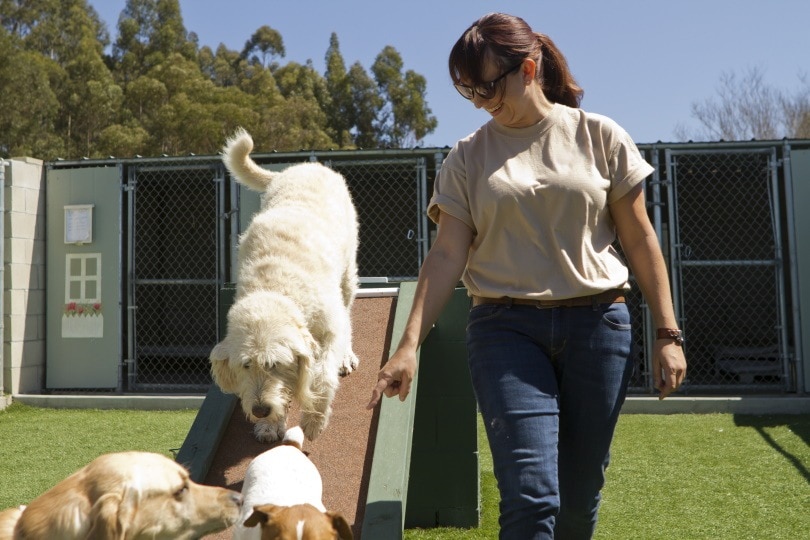
10. Get Business Insurance
Since your business will deal with dogs, you need robust business insurance. You need liability protections on multiple fronts. You must protect yourself in case of injury or damage to any dogs on your watch. You also need to protect your employees and yourself against dog bites or attacks.
You should protect your expensive equipment against damage, theft, or accidental loss. Insurance is always important for businesses but is doubly important for facilities dealing with live animals.
11. Market Your Business
It is getting closer to opening time. Before you open, you want to invest time and energy into marketing your business. Consider running local ads. Put up flyers around your local pet stores and veterinary offices. It might be a good idea to strike up a relationship with nearby vets. Ensure people know your business exists, what it does, and when it opens. You can create the world’s greatest dog boarding facility, but if no one knows it exists, people won’t come.

12. Set Standard Operating Procedures and Safety Plans
The last thing you want to do before opening your business is set a standard operating procedure (SOP) and safety plan and review them with your staff. There should be a rule in place for everything. Everyone should know what to do if a dog gets sick, if a dog bites someone, or if an owner doesn’t show up at their allotted time for pick up.
Everyone should know what to do in the case of a fire, if an employee doesn’t show up for their shift, or if a dog gets lost. Each of these situations needs an official response in an SOP document so that there is no panic or confusion if something goes wrong. A business can quickly fall apart if a problem arises and the staff panics. It can easily ruin the fragile reputation of a new business if you are not careful.
13. Open
Finally, it is time to open. Whether you want to do a soft opening where you slowly start taking reservations or if you want to spend big on a grand opening blowout, it is time for you to open your doors. If you have carefully prepared and followed the previous steps, the opening should be exciting. After your opening, it is time to follow your business plan and get to work.


Summary
Starting a business is a daunting task, but your hard work will soon pay off. It is easy to start a business if you do your research and break up the long list of tasks into manageable bites. Dog boarding businesses require additional considerations and a lot of paperwork, but they can be lucrative when they get off the ground. These steps will help guide you through the process of starting your very dog-boarding business.
Featured Image Credit: Jayme Burrows, Shutterstock
